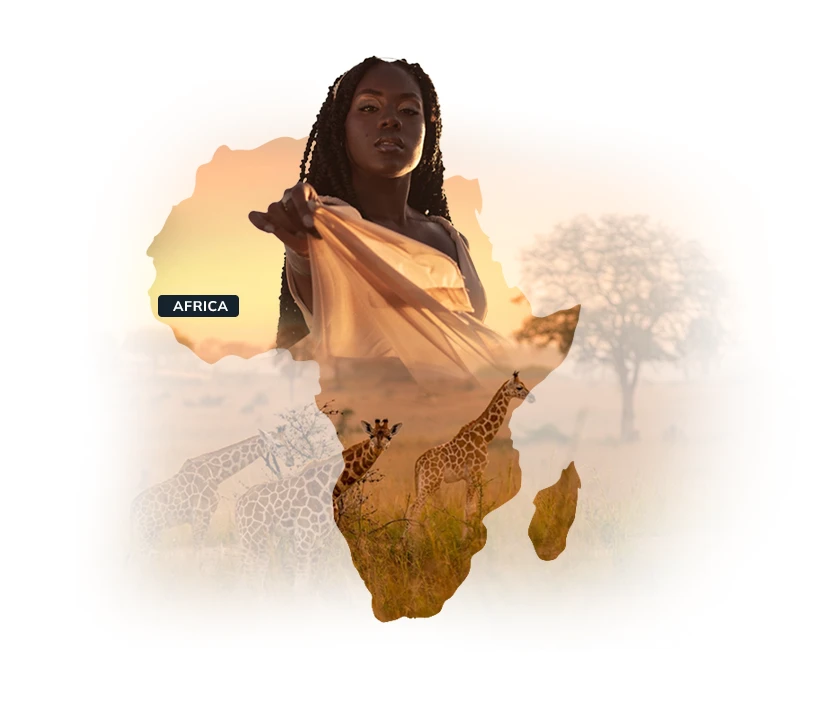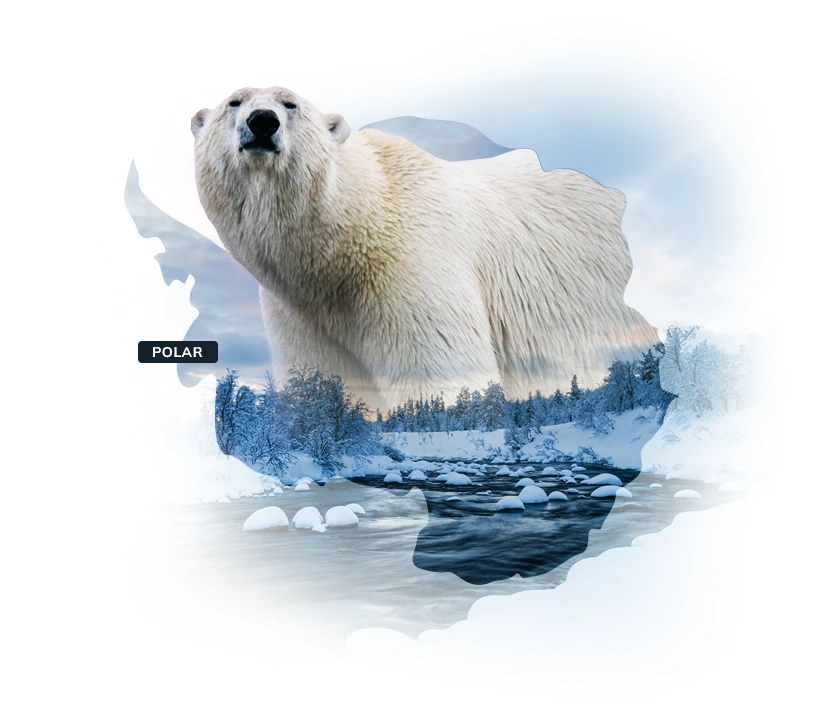When to go to Namibia
Speak to someone who's been there...
The best months to visit Namibia for wildlife viewing, especially in Etosha National Park, are the winter months between June and October. This is when there is the least rainfall and wildlife is attracted to the waterholes, which make game viewing very reliable. It is important to understand that does get very cold in the desert in the winter months, with temperatures dropping below freezing!
A month by month breakdown to discover the best times to visit Namibia
Partially covered by the Namib Desert, one of the world's driest deserts, the climate in Namibia is generally dry and pleasant throughout the year and great to visit in any month.
Namibia's Wet SeasonThe ‘rainy’ season is during the summer months, from November to April. The weather tends to be hot and humid with dramatic afternoon thunderstorms.
However, the downpours are short and heavy, so it's unlikely that the rain will disrupt your travel plans - meaning that you don't have to worry about when to go to Namibia because even the rainy season is a great time to visit.
Namibia's Dry SeasonThe ‘dry’ season takes place during the winter months from May to October and the weather is typically warm and sunny, albeit with very cold nights.
These months are considered to be the best time to go to Namibia, as you can enjoy uninterrupted blue skies and plenty of sunshine, except along the coast where there is often a fog. The daytime temperatures during these months are moderate, however it can get very cold in the evenings.


If you're wondering when to go to Namibia in terms of wildlife, the dry winter months (July and August) are ideal for game viewing in Etosha National Park and Ongava Game Reserve because the vegetation is sparse and water sources dry out.
Therefore, the local wildlife gathers around the permanent water holes, making animals easier to locate, observe and photograph.
March can also be a good time to visit Namibia's Etosha National Park. Following the birthing season in January and February, you will be able to see young animals taking their first steps in the wild.
On the other hand, the lush vegetation seen in March to May can make game viewing more challenging.
Festivals & Holidays in NamibiaWindhoek Karneval (often abbreviated to WIKA) is the biggest cultural event in the country, taking place in April. You'll notice the heavy German influence of this festival, which includes music, performance, a masked ball and huge parade.
Africa Day is held in May each year and is a time for local communities to come together and promote peace and diversity. Considering Namibia's difficult history with colonialism, race and apartheid, this is a particularly significant and poignant celebration.
Oktoberfest, taking place in October, is another celebration leftover by the former German influence in Namibia. People come to the capital city of Windhoek for beer, fun and games.
Month-by-month guide to travelling in Namibia
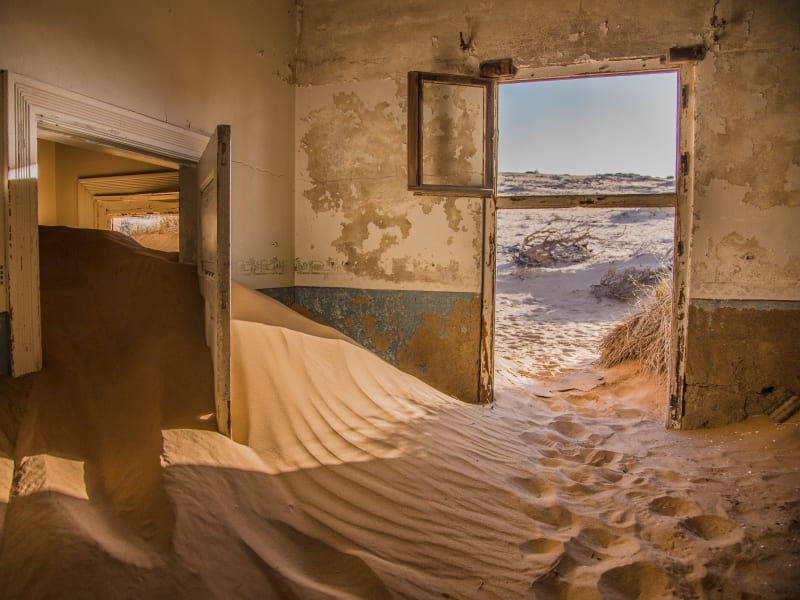
Namibia weather in January
January is mid-summer in Namibia. It tends to be very hot and humid with average temperatures between 30-35°C, and up to 40°C in the desert.
If you’re planning to visit Etosha National Park in northern Namibia you should bear in mind that this is the rainy season and torrential downpours are likely, however they usually occur in the afternoons so it is still possible to enjoy morning or early evening game drives. The landscape is lush and beautiful at this time of year, however game viewing can be more challenging as the animals tend to seek shade amongst the vegetation and you won’t find large concentrations of wildlife congregating around waterholes – although this can also mean that you have more anticipation and excitement on your safari drives as you actively search for lion, leopard and other wildlife.
The Caprivi Strip in the northeast corner of Namibia experiences heavy rain in January which can hinder travel plans so it is best avoided at this time of year. Coastal areas, such as Swakopmund and Walvis Bay, are drier and less humid than other areas of Namibia. If you choose to travel to Namibia in January, we recommend exploring the coast and southern regions.
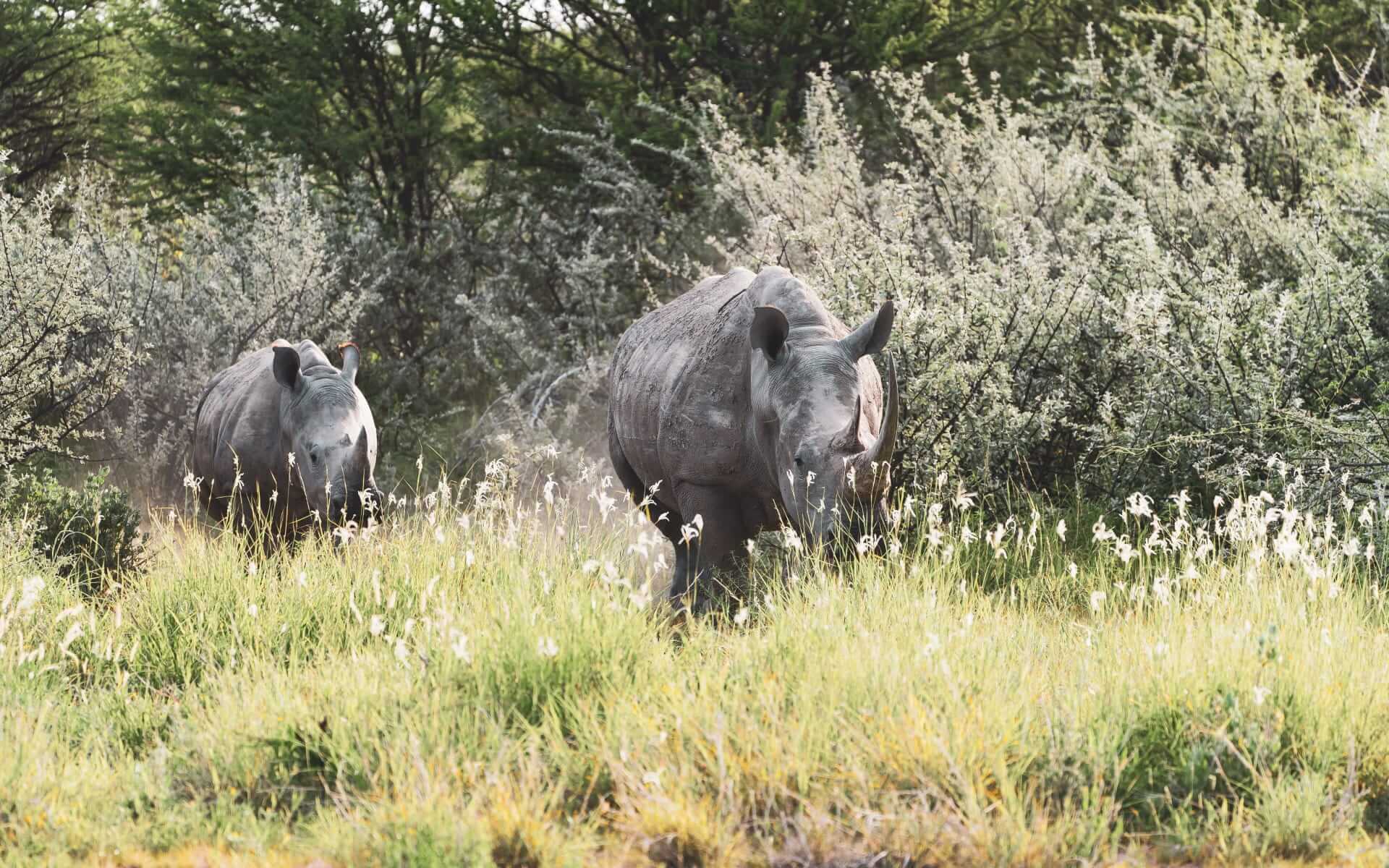
Namibia weather in February
The weather in February is very similar to January, with hot, humid days and dramatic thunderstorms which electrify the afternoon sky. You can expect average temperatures between 30-35°C, and up to 40°C in the desert. The rains at this time of year mean that Namibia’s normally dry, arid landscape becomes green and lush, providing some unique photographic opportunities.
As with January, the Caprivi Strip and remote areas in northern Namibia experience heavy rainfall in February so they’re best avoided at this time of year. If you choose to travel to Namibia during February we recommend exploring the coastal areas, such as Swakopmund and Walvis Bay, and southern regions as these areas are likely to experience more moderate temperatures and much less rain.
Please bear in mind that the wet months of February to early April can present challenging self-drive conditions as heavy rains and flooding can damage road surfaces. Our Namibia Flying Safari is a perfect option for February.
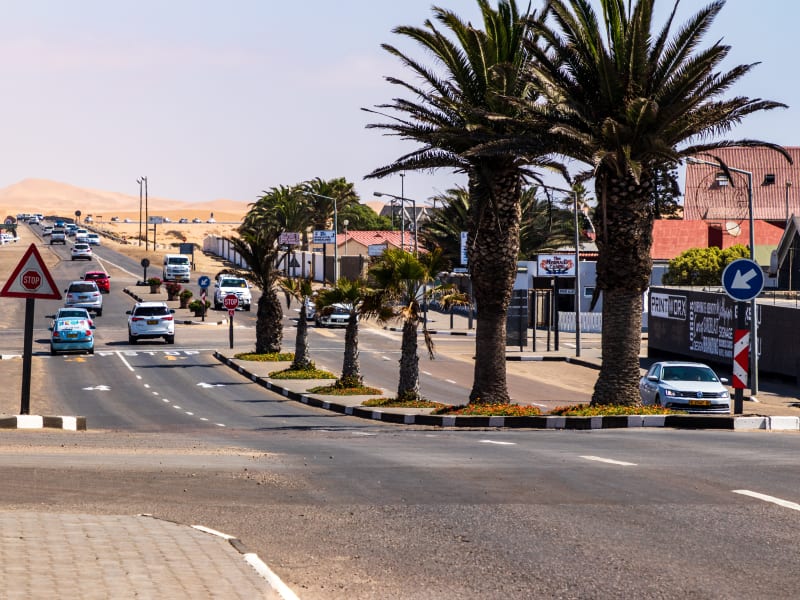
Namibia weather in March
The wet season gradually comes to an end in March, however occasional short afternoon downpours are still common throughout the month. The heat and humidity is less intense compared to January and February and you can expect average daytime temperatures of 27-30°C.
March can be a great time to visit Etosha National Park in northern Namibia as the landscape is green and lush, although spotting wildlife can still be fairly challenging. Following the birthing season (January and February) you’re likely to see plenty of young animals which can make for exciting predator/prey interaction on your game drives.
Coastal areas, such as Swakopmund and Walvis Bay, and the southern regions remain good options for March.
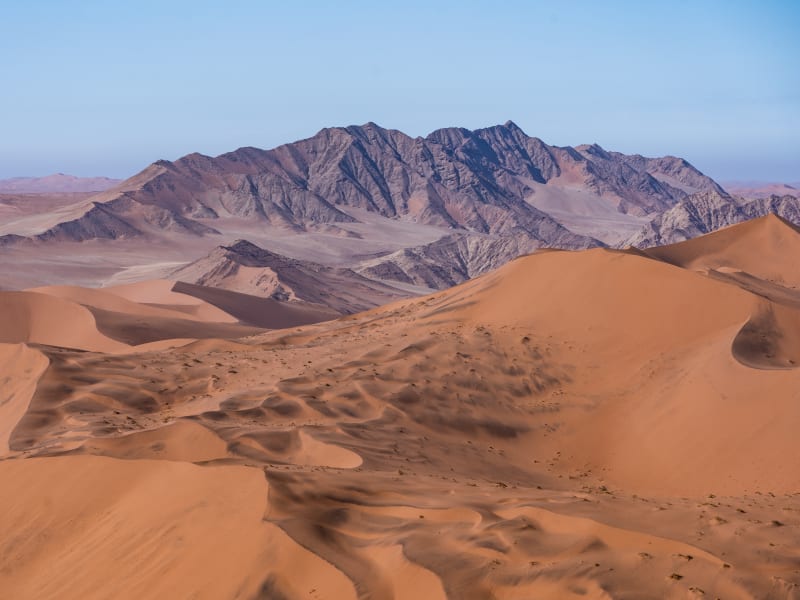
Namibia weather in April
April marks the end of the rainy season and it is a lovely time to visit Namibia. There is a distinct freshness in the air and you can expect much more moderate temperatures and less humidity than the previous months. Average daytime temperatures are around 25°C and at night it drops to around 13°C, although it can be cooler in the desert.
April is a great month to explore the Namib Desert as the air is clear of dust and you may see desert wildflowers in bloom at this time of year (wildflowers typically bloom between February and April depending on the recent rains).
It is also a good month to explore the coastal towns of Swakopmund, Lüderitz, Henties Bay, Walvis Bay and other remote parts of the Skeleton Coast as temperatures will be comfortable for sightseeing and enjoying activities. Please note that early mornings and evenings in Swakopmund can be chilly throughout the year, as the cold Atlantic Ocean meeting the Namib Desert creates a fog bank.
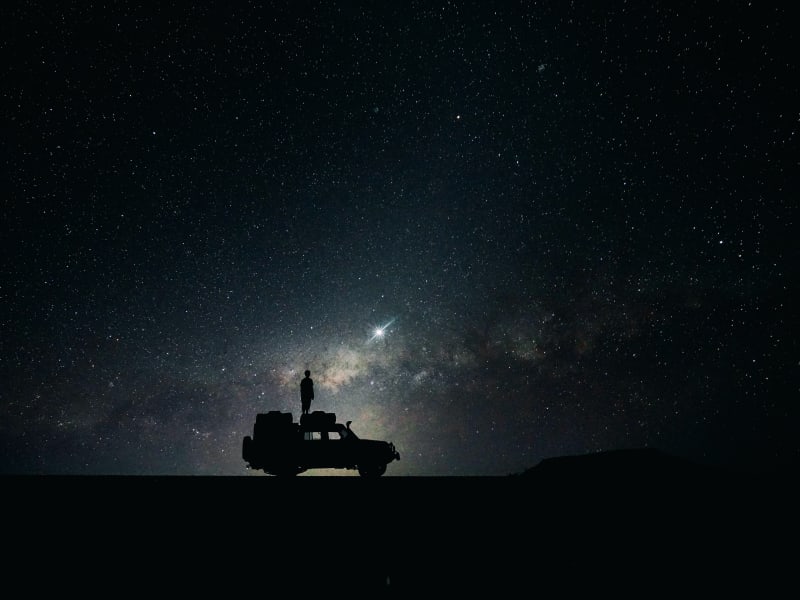
Namibia weather in May
May is a wonderful time to visit Namibia – the rainy season has ended, the air is clear, the landscapes are spectacular and much of the vegetation is still green. You can expect cloudless blue skies, plenty of sunshine and minimal rainfall throughout the country in May. Average daytime temperatures are around 23°C whilst the night temperatures are around 10°C.
The dry, winter months from May to October are widely regarded as the best time to visit Namibia for game viewing, especially in Etosha National Park and Ongava Game Reserve, as animals jostle for space around the few remaining waterholes. It is also a fantastic time to explore the Fish River Canyon in the far south.
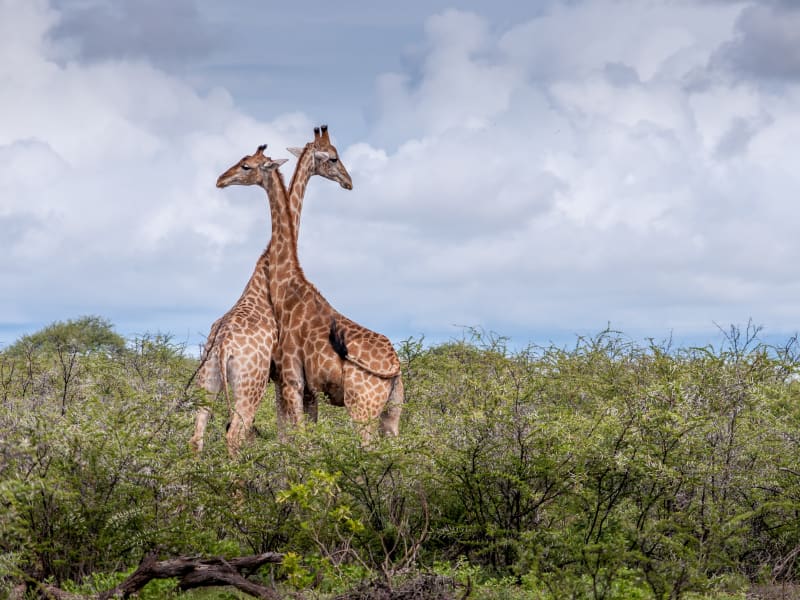
Namibia weather in June
The weather is still lovely in June. Daytime temperatures are pleasant (average mid-20°Cs), however the nights can be very cold (temperatures can drop to 10°C and even lower in the desert).
You can expect clear blue skies, plenty of sunshine and virtually no rain throughout Namibia making it a fantastic month to explore the Namib Desert, Etosha National Park, Fish River Canyon or the coastal areas such as Swakopmund and Walvis Bay.
Wildlife sightings are excellent in Etosha National Park and Ongava Game Reserve in June. Sparse vegetation and a lack of water mean that animals including lions, elephants, black rhinos and giraffes gather at waterholes making sightings easier.
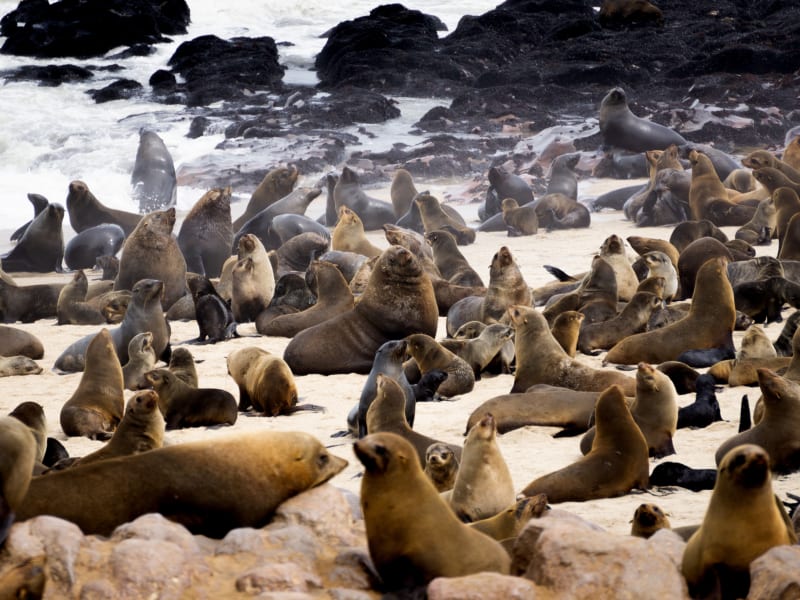
Namibia weather in July
July is one of the driest and coolest months. Although the day time temperatures are still warm (average 20°C), the nights can be very cold (average 6°C and dropping below freezing in some desert areas), so you’ll need to pack plenty of warm clothes.
The green vegetation that covered parts of the desert earlier in the year will be gone by July and the landscape becomes dry and arid again. As the landscape dries high concentrations of wildlife such as giraffe, elephant, rhino, hyena, and even leopard, congregate around waterholes, providing excellent game viewing opportunities.
July is a great month for exploring all areas of Namibia, including the Skeleton Coast, the Kalahari Desert, the Namib Desert, the remote Damaraland, Fish River Canyon and the Caprivi Strip.
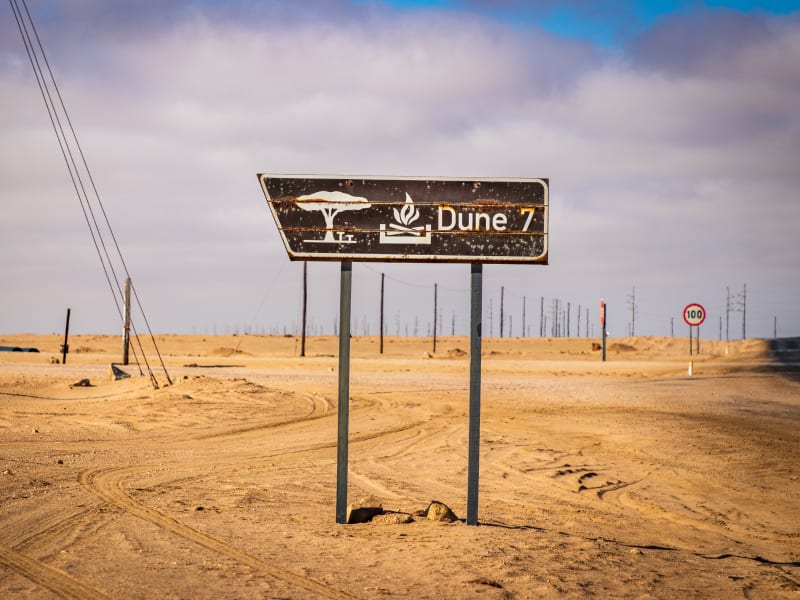
Namibia weather in August
August is another fantastic month to visit Namibia. Day time temperatures are still fairly warm (average 20-23°C) although the nights can be very cold (average 6-9°C and even lower in the desert), so you’ll need to pack plenty of warm clothes. The night skies tend to be clear so it is a great month for star gazing.
The colder months of July to September are incredible for game viewing in Namibia, however it can get very chilly on the early morning and late afternoon game drives therefore we suggest that you pack appropriate clothing. Wildlife encounters are heightened by sparse vegetation and a lack of water forces animals to congregate by waterholes making their movements more predictable. The lack of water also means fewer mosquitoes and a reduced risk of malaria (although we still recommend that you take precautions to avoid mosquito bites).
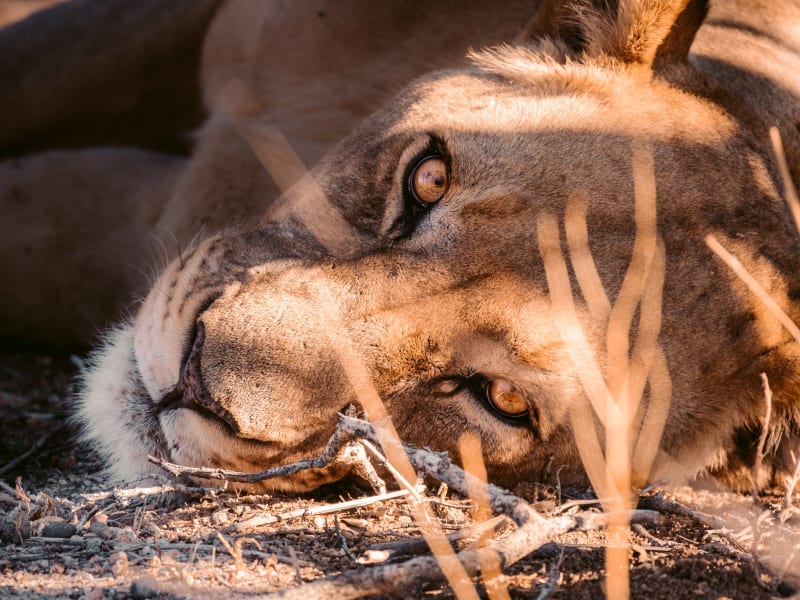
Namibia weather in September
The dry winter season continues in September and you can expect little to no rain throughout the country. Average daytime temperatures are around 27-29°C, however the humidity is still low so it feels more comfortable than the summer months ahead.
Game viewing is excellent during September, although there's often a lot of dust around and the vegetation has lost its vibrancy. Wildlife still gathers by waterholes, often in large numbers, in Etosha National Park and the Ongava Reserve.
September is a great month to explore the coastal towns of Swakopmund, Lüderitz, Henties Bay, Walvis Bay and other remote parts of the Skeleton Coast as the temperatures are ideal for visiting the Cape Cross Seal Colony or enjoying activities such as a whale and dolphin watching cruise from Walvis Bay.
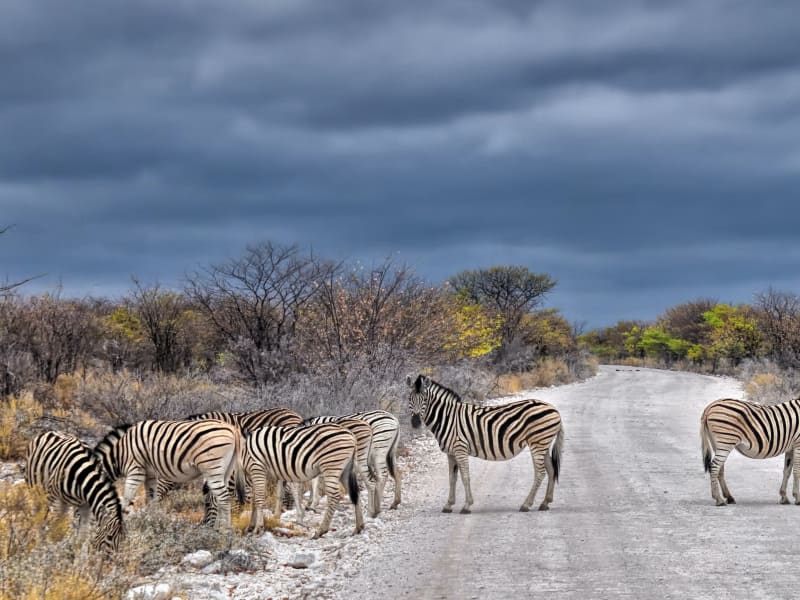
Namibia weather in October
Namibia’s dry winter is coming to an end in October and the hot summer is approaching. The weather becomes warmer throughout the month - you can expect average day time temperatures of 29°C and night time temperatures of 15°C. You may experience the occasional rain shower in October, however this can offer a welcome relief after several months of dry weather.
The vegetation in Etosha National Park and Ongava Game Reserve is scarce which means that the wildlife is easier to spot. The increasing temperatures in September and October and the lack of water mean that there is more dust which is particularly evident on your game drives.
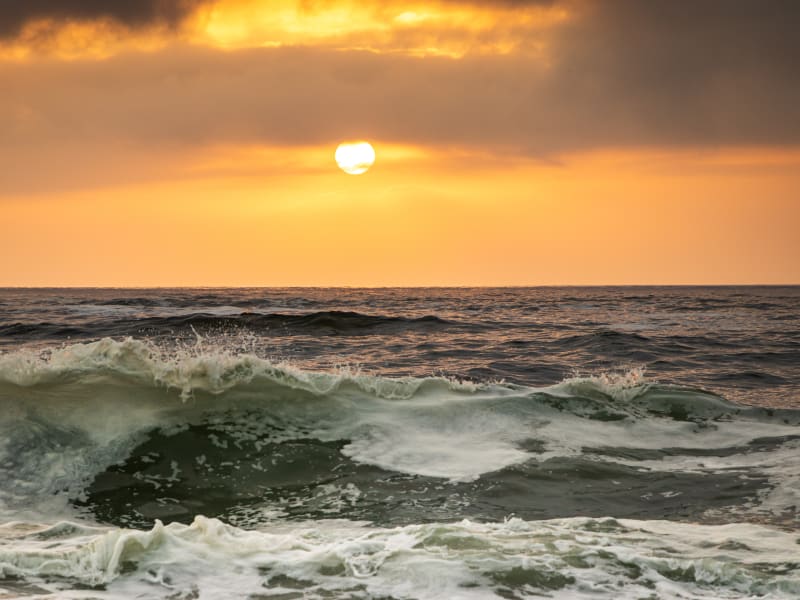
Namibia weather in November
November can be quite unpredictable weather wise - on some days it can be hot and sunny with clear skies, whilst on other days the sky can fill with heavy clouds and you may even experience a dramatic thunderstorm. As the summer approaches it can be very hot and the humidity levels begin to rise. You can expect average day time temperatures of 30°C and night time temperatures of 15°C.
Wildlife viewing opportunities in Etosha National Park and Ongava Game Reserve are excellent at this time of year as animals congregate at the remaining water sources and vegetation will still be scarce which means that the animals have nowhere to hide or seek shelter making them easier to spot.
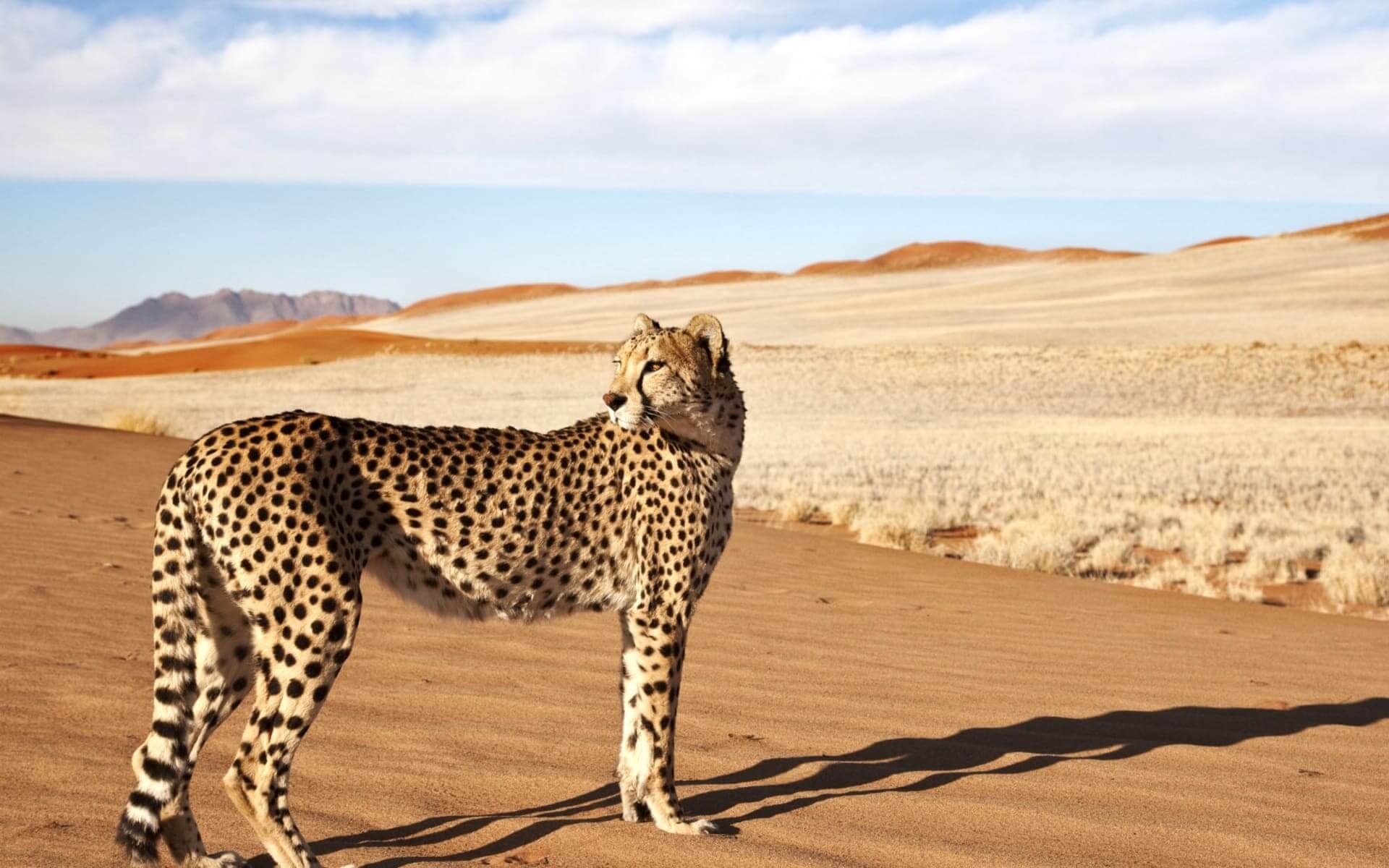
Namibia weather in December
By December the summer has set in and temperatures increase throughout the country. In the mornings you can expect cloudless skies, however as the afternoon draws in so do the clouds. Dramatic thunderstorms often occur in the afternoons although they don’t tend to last for long leaving the skies clear again by early evening. You can expect average daytime temperatures of 30°C and high humidity levels. The night temperatures average 16°C, although it can be less in the Namib Desert and southern Kalahari.
As the rainfall increases, Namibia’s landscapes begin to thrive and there is more vegetation. Most animals are born at the start of the rainy season when food and water is plentiful so December is a great time to visit Etosha National Park and Ongava Reserve if you want to see newborn wildlife.
More Africa travel inspiration
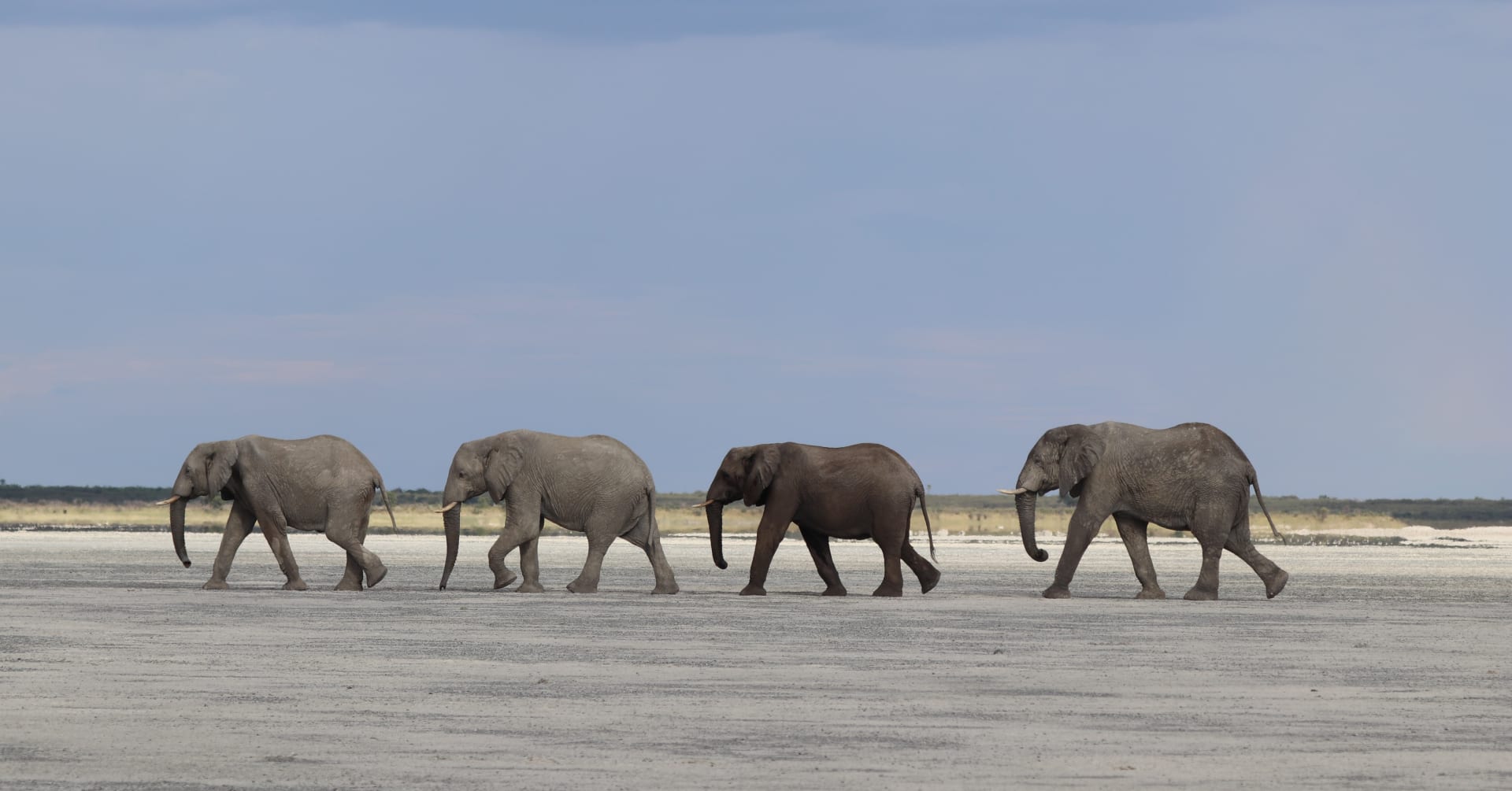
8 of the Best Countries to Visit in Africa in 2025
March 18, 2025
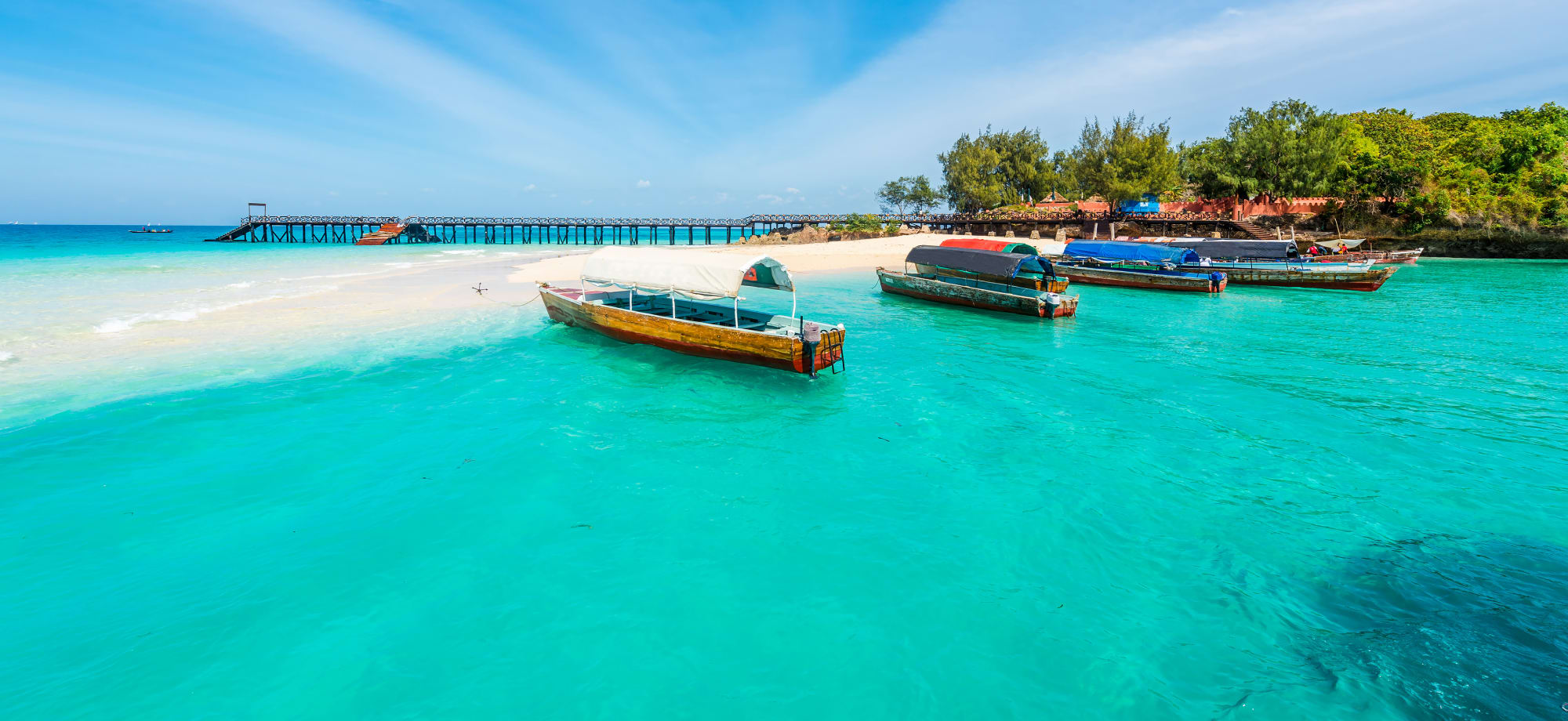
8 Best Beaches in Zanzibar and Hotels
March 25, 2025
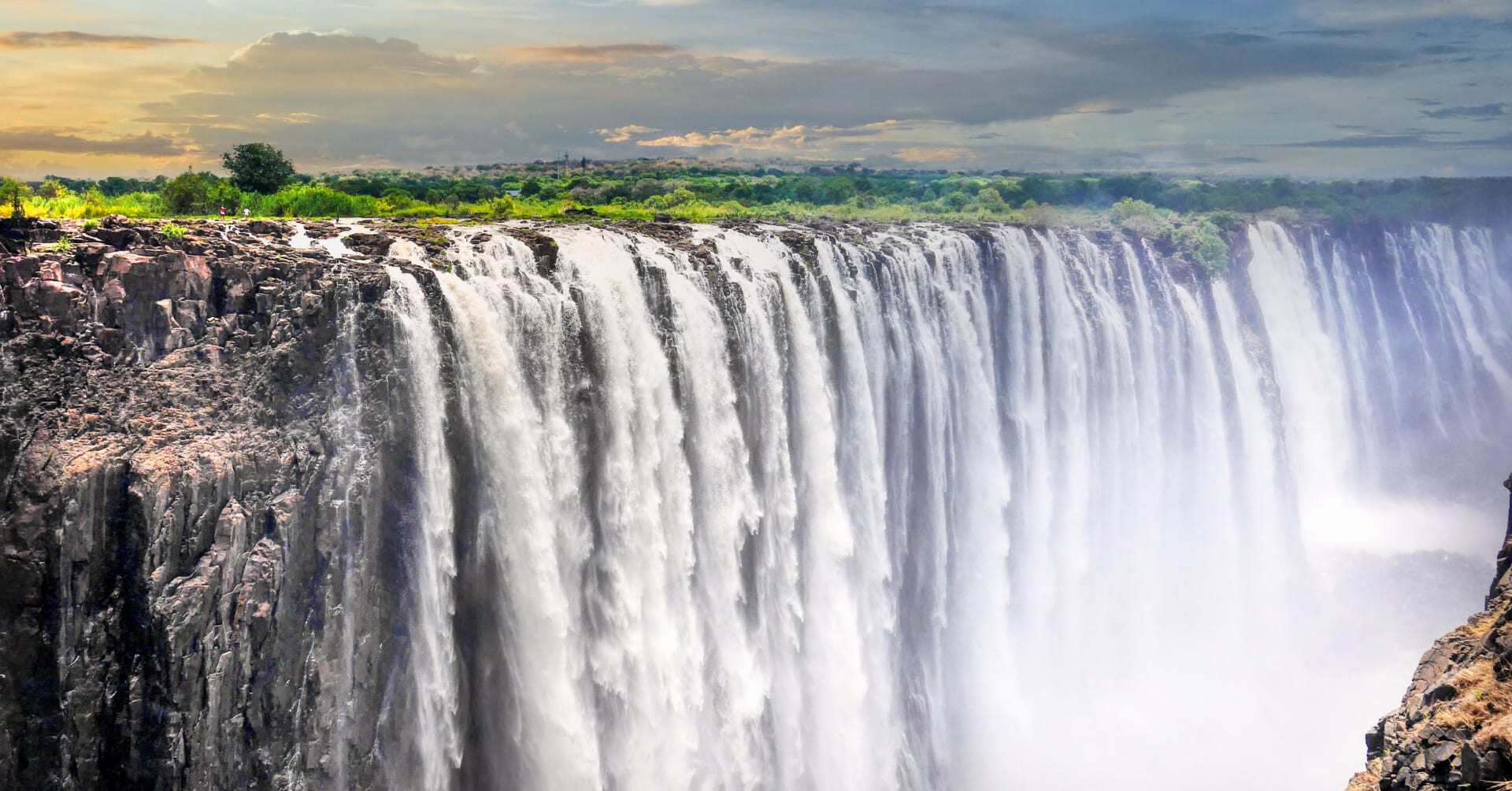
13 Things to do in Victoria Falls
May 07, 2024
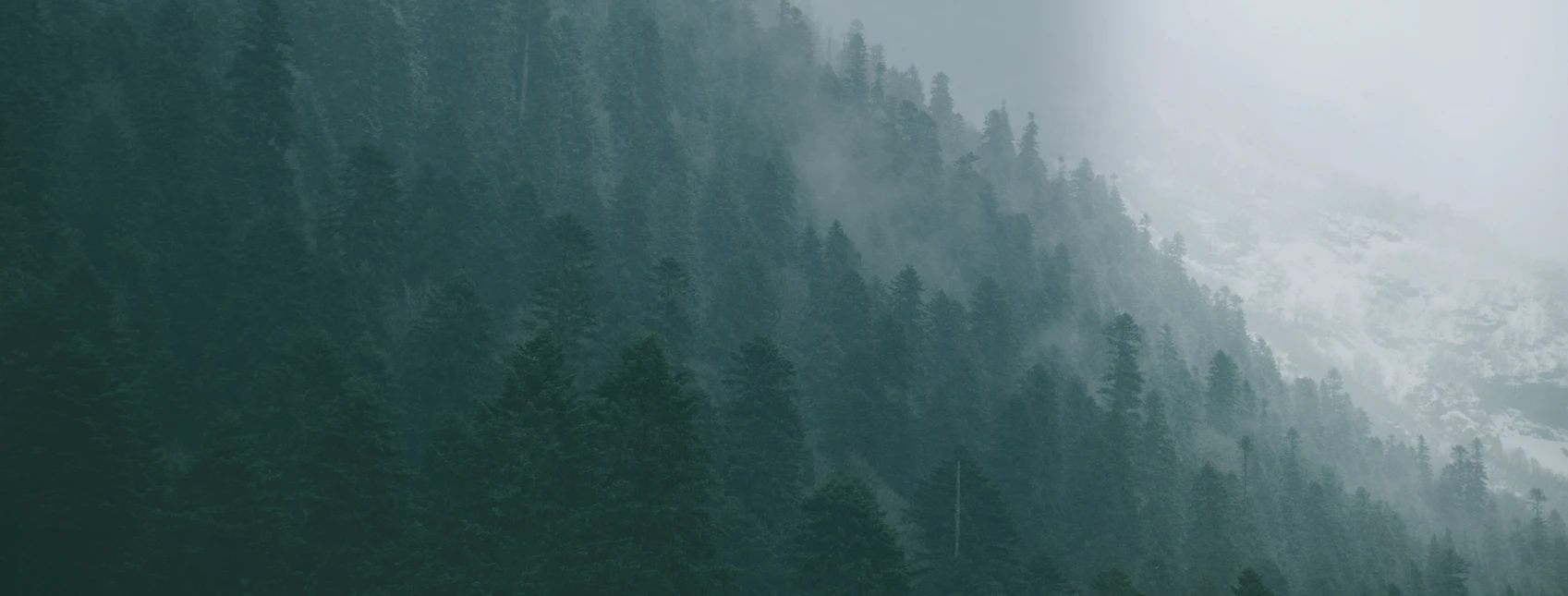
Sign up to our newsletter
For more travel inspiration delivered straight to your inbox just fill in your details here


